|
As temperatures soar and rainfall plummets,
the summer season is well and truly here! We’re delighted to announce that Sama Euridge returned from maternity leave to our team of Wildlife Wardens in March and Katie Jones joined the team in May. Both Sama and Katie are part-time, while Imo, who joined at the end of last summer, remains full-time. Find out more about our team. We are so excited to have a full team once again and look forward to working together to help protect local wildlife.
(left to right: Wardens Katie, Imo and Sama)
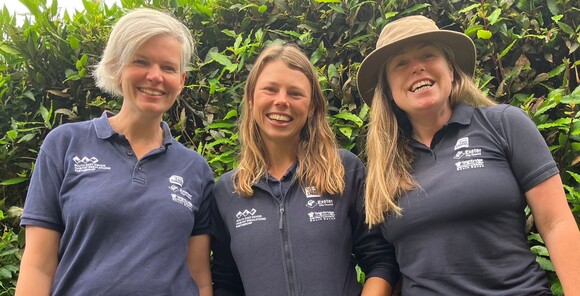
|
|
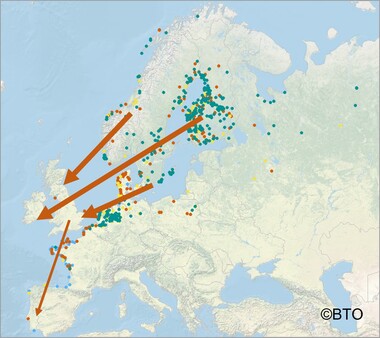 As Spring advances, our migrating waterbirds depart for distant breeding grounds and the estuary feels empty again - have you ever wondered where our wintering species spend the summer? Warden Sama looks at Curlew migration.
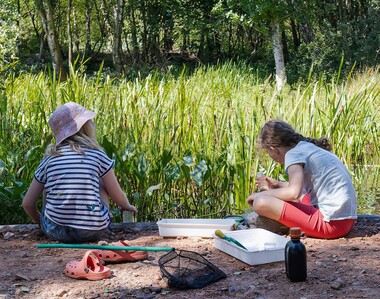 We are excited to announce that Heath Week will again take place from 22nd to 28th July!
Heath Week is a collaborative event, run by the Pebblebed Heaths Conservation Trust, RSPB, Wild East Devon, Devon Wildlife Trust, Devon Loves Dogs and South East Devon Wildlife, celebrating heathland ecology, history and recreation.
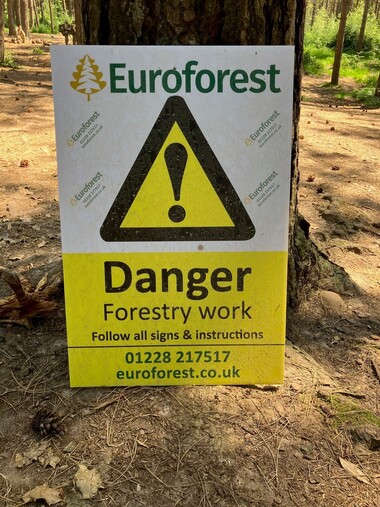 Timber harvesting will be taking place on the Pebblebed Heaths (at Uphams Plantation) throughout June. Phased access restrictions to the permissive paths in the plantation will be in place during the works. For your own safety please follow all safety signs and directions.
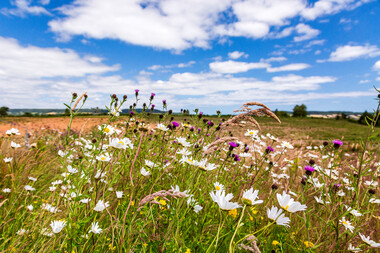 Are you a part of a community group, parish/town council or collaborative local community partnership in Devon?
Wild About Devon are seeking to support groups willing to take action for local wildlife with grants of up to £500!
|
|
Bee orchid
This diminutive flower is most easily seen at Dawlish Warren, where the rangers have roped off areas where the orchid is growing amongst the grassland.

Golden ringed dragonfly
A striking, large black dragonfly with yellow bands along the body and bright green eyes.

Nightjar
A summer visitor to the Pebblebed Heaths, nightjars arrive in April from their wintering grounds in Africa.

Beaver
Beaver kits are born between May and July and leave the lodge in late summer.
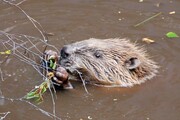
Image : Paul Stevenson. (licensed, no changes)
Potter wasp
Look out for the curious clay nests on gorse or heather next time you’re at the Pebblebed Heaths.

|
|
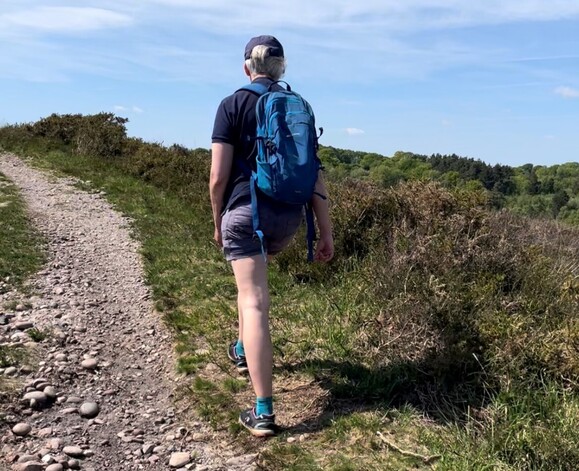 Our team of Wildlife Wardens have been busy uploading walks across East Devon, Exeter and Teignbridge. These walks include a route description, parking options, wildlife to look out for and any rules regarding dogs and accessibility.
Our virtual wildlife walks provide you with an opportunity to explore the diverse habitats of South East Devon in your own time.
|
|
 This spring we were thrilled to see Sir David Attenborough bringing his world-famous wildlife documentaries to our very own islands, the United Kingdom. The five-part series celebrates stories of the special wildlife we have in the UK, journeying across Britain’s diverse habitats and geology.
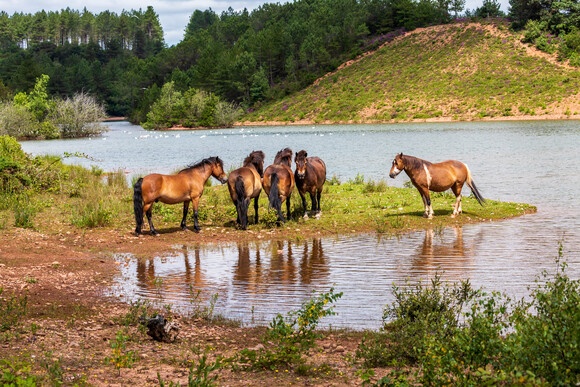 Conservation grazing is one of those phrases people mention a lot in conservation. It means using livestock to manage a site for wildlife, whether it be grassland, heathland, woodland, wetland or scrub.
Sheep, cattle, ponies and goats are most frequently used for conservation grazing depending on the type of habitat present and the aims of the management.
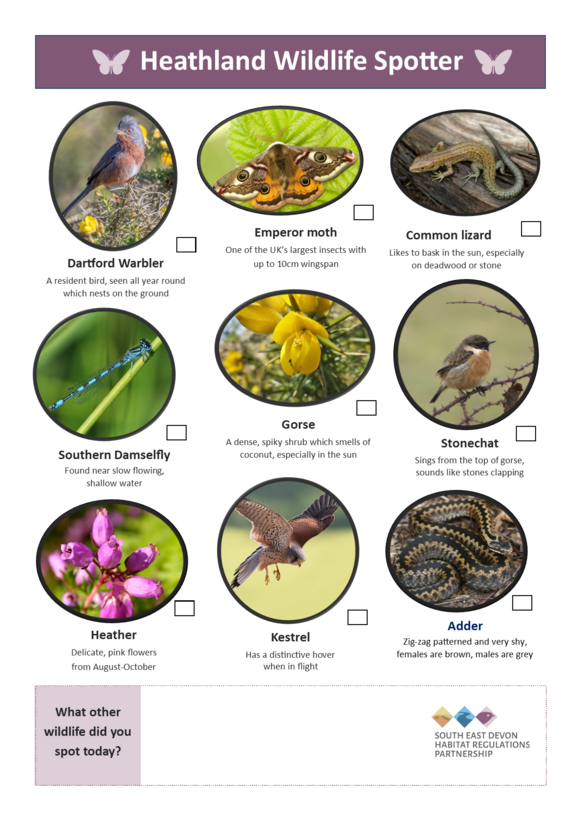 Why not visit our website to download this spotter sheet for heathland wildlife and see what other activities are on offer?
|
|
|
|